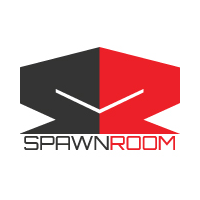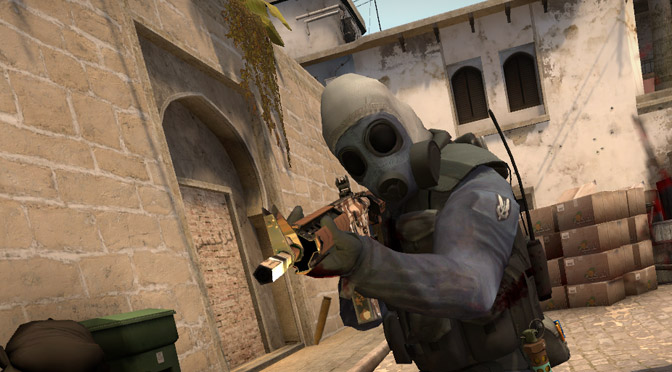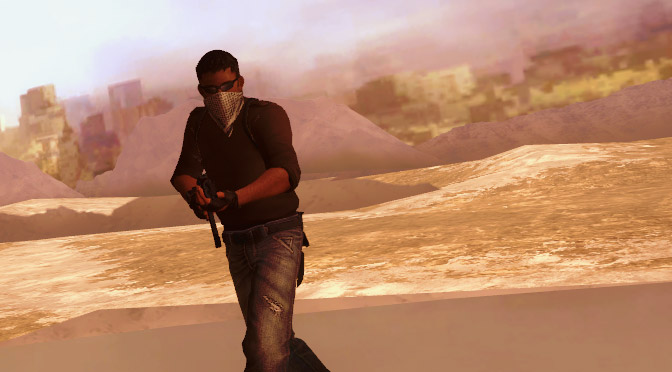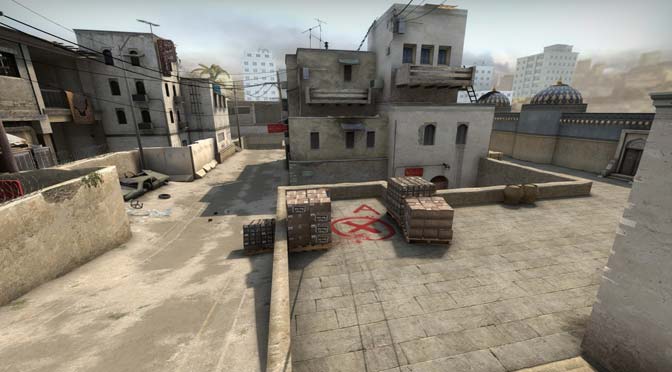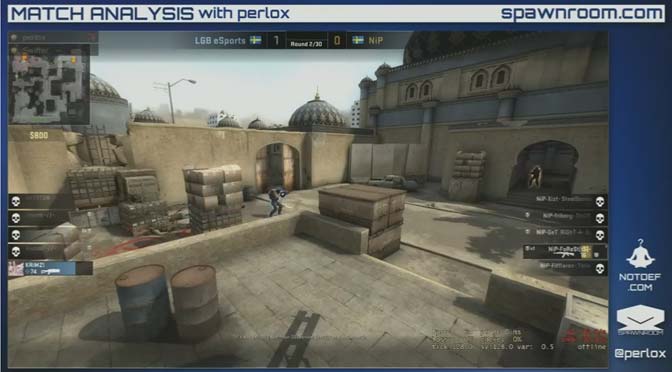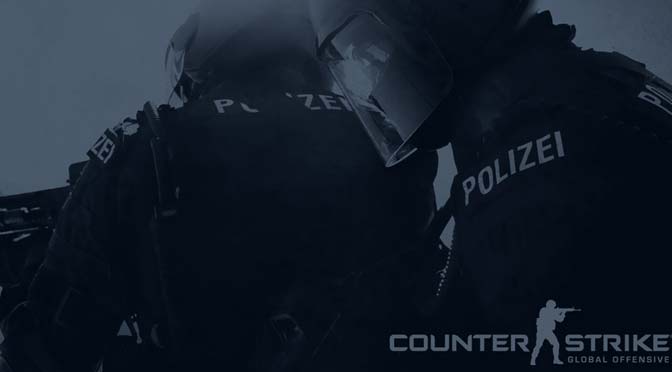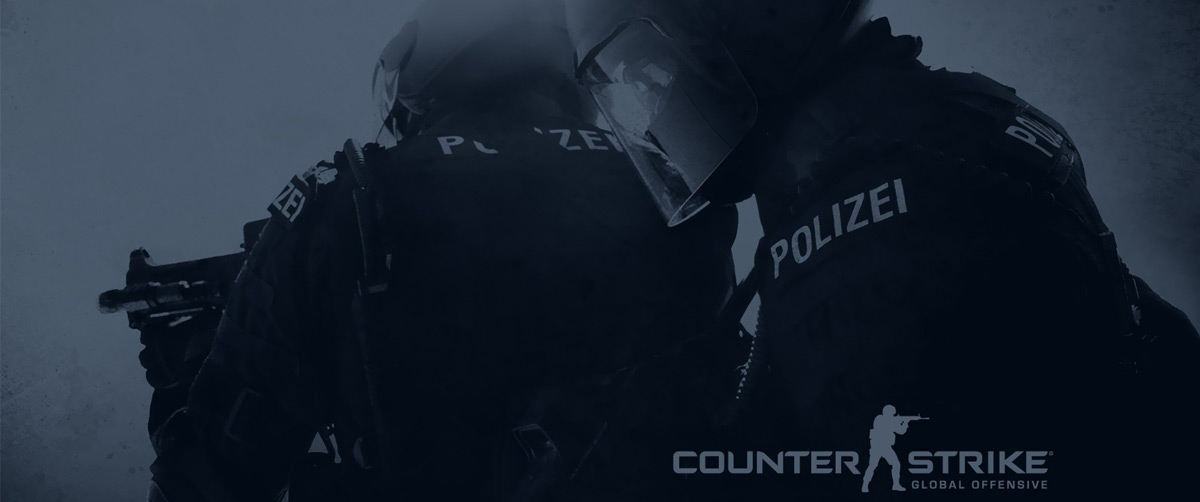Here are 10 things to help casual and amateur players become immediately better at Counter-Strike.
1. Don’t die to exposed threats
I can’t count the number of times I’ve watched teammates die to exposed AWPers or run through doorways which were clearly covered. Each hoping they’ll get the glory of the kill. These are stupid risks. Always assume your enemy is accurate and ready. Instead, you should reassess and realize that running in blind is a last resort. I would rather a team run out the clock attempting strategies than lose to stupid risks. At least that way you’re experimenting with what works as opposed to reinforcing the idea that running in is a valid option. Over time this will reduce your deaths, reduce mistakes and stupid risks, increase your odds of winning, and expand your understanding of what’s possible.
2. Don’t over-commit to a kill
Getting a kill is rewarding, but injuring the enemy can be even more effective. By obeying our impulses it’s easy to chase enemies through doorways or around corners in an attempt to secure a kill, but often this can lead to an unnecessary death. It is important to catch ourselves in those moments and be patient instead. Let a supporting teammate throw a grenade or simply hold the position so they have to walk back into your advantage. Let them rotate into your other allies or slowly flank them together. There are many options which don’t sacrifice your advantage, but can still result in you getting a kill. Wait for opportunities when possible, don’t become someone else’s opportunity.
3. Be patient
When things don’t happen immediately I will often seem teammates rotating or revealing their position. Often times it seems like the moment they do, the enemy shows themselves a couple seconds later. Had they been more patient they wouldn’t have exposed themselves to an increased likelihood of death and could have maintained an advantage over the enemy. Sometimes just staying quietly hidden in an area forces the enemy to move slower, allows you to hear their presence, and then gives your team more time to rotate in, as opposed to impatience leading to an immediate firefight, your death, a quick bomb plant, and less time for your allies to rotate in. Be patient and move when you have more information.
4. Don’t panic!
It can be intimidating when the enemy floods into your bombsite or you find yourself clutching a round. I’ve seen players get nervous when the weight of a round rests on their shoulders, understandably so. However, I take solace in these moment when I think about statistics. My teammates may want or expect me to win, but the numbers suggest otherwise. In those moments the likelihood of success drops considerably and so it’s less about winning and more about smart decisions. Are you carrying an expensive weapon? Then maybe focusing on survival is the best option. Do you need to clutch because your eco is low and the enemy is gaining momentum? Then don’t engage, but don’t expect to win, instead attempt to injure. Use hit and run techniques to extend the number of opportunities you have to engage and possibly get a kill. Let the other side get greedy and chase into your positional advantage or keep them busy and let the bomb finish off a player.
5. Have situational awareness
Spread out, don’t move into firing lines, don’t bunch up, and don’t get greedy. Let your team support you as you support them. Share kills. Make sure someone is watching the rear. It can be comical at times how much like a herd we act, all looking in the direction of a recent kill or rotating to support an ally and leaving a position wide open. I’ve seen allies block doorways and one-by-one step through to their deaths instead of all rushing as was planned. A good player needs to recognize what role they should fill from moment to moment.
6. Rush in!
This one is simple, but fails all the time. When your plan is to rush a bombsite, don’t stop because someone shot at you. It sucks to be the first two guys into a bombsite, but it has to happen. Do your job, take the fire, call out the positions, do damage if possible, but don’t stop running. The moment you stop you bunch up which increases the likelihood of enemy fire hitting someone, it increases their effectiveness of grenades, and often blocks teammates from shooting enemies. Give yourself every advantage in those strategies because you’re already operating at a massive disadvantage.
7. Don’t use grenades so much
Don’t think of grenades as weapons, think of them as tools. If you want to kill your enemy a grenade is not an effective option. A bullet to the head is infinitely better. Instead use grenades to delay, distract, and injure. There is just too much time between switching weapons to make it a good tactic. In fact, I’d suggest early on to avoid purchasing grenades at all so you don’t get into the bad habit of pulling them out at bad moments. It is better to stay alive, keep your weapon out, and learn other parts of the game. Master grenades later on or rely on team communication to instruct you when to use them.
8. Don’t throw grenades at your allies
This sounds obvious, but it happens constantly. Allies will get overzealous and injure their teammates or, even more likely, blind them. As I mentioned above, use grenades as tools and call out what you’re about to do with them. More importantly, don’t get greedy and throw HE grenades to try and secure kills when your teammates are chasing the enemy.
9. Don’t reload so much
Early on in my gaming career I had the bad habit of constantly reloading. Game after game I let this bad habit get me killed until I finally addressed it. I know there is an impulse to be prepared and not get caught with your pants down, but reloading is another strategic element of the game. Don’t reload when engaged with the enemy, it makes you too vulnerable. Instead, conserve your shots, back up, and try to find safety if possible. If there’s no way you’re going to make it and the count is low, switch to your pistol, that’s what it’s there for.
10. Plant the bomb!
Always know who the bomb carrier is and be sure to never miss an opportunity to plant. This doesn’t mean choose bad times to plant the bomb and get yourself killed, it just means don’t forget to plant the bomb after securing the site. It also means, plant the bomb when the odds are against you to secure money for your team instead of trying to survive 1-vs-whatever.
11. Bonus:Â use suppression fire!
This is something I rarely see players do, but suppression fire is real. Don’t worry about wasting ammo, usually you’ll never run out, and delaying a push can give real advantages. Especially if you’re focused on injuring enemies, like mentioned above, suppression fire can be an even stronger barrier to an injured player.
